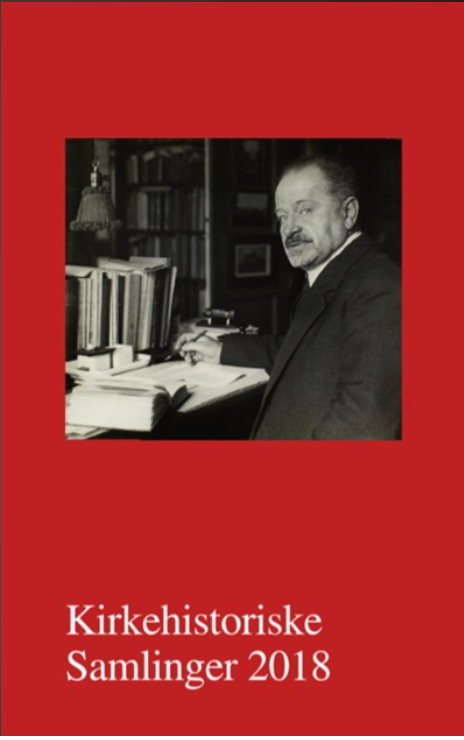Slaget om professoratet i kirkehistorie 1900-1901: offentlig konkurrence mellem den 25-årige Valdemar Ammundsen og teologerne J. Oskar Andersen og Frederik Torm
Publiceret 25.02.2025
Citation/Eksport
Copyright (c) 2018 Tidsskriftet Kirkehistoriske Samlinger

Dette værk er under følgende licens Creative Commons Navngivelse – Ingen bearbejdelser (by-nd).
Resumé
Under stor opmærksomhed blev den 25-årige nybagte teologiske kandidat Valdemar Ammundsen i 1901 udnævnt til professor i kirkehistorie efter offentlig konkurrence. Han blev foretrukket frem for den ældre kirkehistoriker J. Oskar Andersen og den senere professor Frederik Torm. Var denne afgørelse fagligt rimelig, eller var det udtryk for, at Det Teologiske Fakultet ønskede at holde bestemte folk udenfor? På grundlag af et stort brevmateriale er det muligt at belyse både kandidaternes, bedømmelsesudvalgets, fakultetets, Konsistoriums og ministeriets holdninger og indflydelse. Hvilken betydning fik J. Oskar Andersens forsøg på at benytte sine forbindelser blandt familie og venner til at påvirke afgørelsen? Artiklen er en fortsættelse af bidraget i Kirkehistoriske Samlinger 2016, som handler om stillingsbesættelser ved konkurrence i perioden 1788-1901.
Summary
In March 1900 Fredrik Nielsen, Professor of Church History at Copenhagen University, became Bishop of Aalborg. On 23 April 1901, The Theological Faculty appointed Valdemar Ammundsen, a 25-year-old theological candidate, as Fredrik Nielsen’s successor. However, before the Faculty made that decision, they had held a public competition in order to find the right candidate, and this made a great stir for a long time to come. A young, promising candidate had been appointed instead of more mature candidates of Church History, in spite of the fact that neither the Faculty nor the Appointments Committee had agreed upon the procedure or who should be the winner. The article takes its starting point in the rules of public competition in the way they were practiced at The Theological Faculty and at the rest of the faculties of Copenhagen University (see Erik Nørr: Offentlig kappestrid om universitetsstillinger. Stillingsbesættelser ved konkurrence 1788-1901, in: Kirkehistoriske Samlinger 2016).150 The question is whether the formal rules applied in 1900/01 were in conformity with the common practice of appointments or whether they were adapted in order to achieve a certain result. During the competition the three competitors exchanged letters with each other, as they did with the Faculty Members, and with the members of the Appointments Committee, and therefore it is possible to follow the various steps of the appointment more closely than what would normally be the case. Which aspect was crucial on appointing a candidate: scientific qualifications, personal connections, sympathy or antipathy for the candidates, or different views upon Church History? The final chapter tells what happened further on to the losers, and what consequences the appointment case had for future cooperation at The Theological Faculty.

